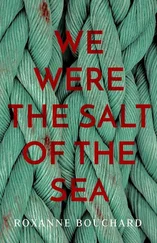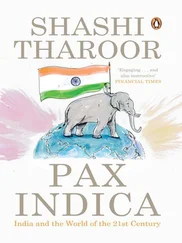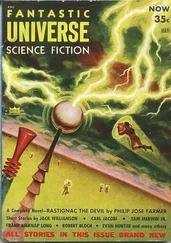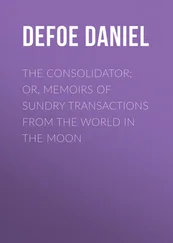1 ...8 9 10 12 13 14 ...20 The desire for the city to return to some sort of normality after the long years of division was quite understandable. In 1990, very few could have imagined that there would one day be calls for the city and its people to make their wound visible once more. Removing the Wall from the city completely seemed a suitable way to overcome the division and its consequences as quickly as possible.
It was not only visitors to Berlin, whose interest in the Wall was warranted, who were increasingly perplexedly and asking: “So, where was the Wall?” At the same time, people had to accept that the notion of what the Wall had meant to the city and its people had faded considerably.
THE CONFLICT SURROUNDING COMMEMORATING THE WALL
From very early on, some had voiced their opinion that the Wall should be preserved, at least in some areas of the city, as a memorial.
Willy Brandt was the Mayor of Berlin at the time and, on 10 thNovember 1989, during a speech in front of the Schöneberg City Hall, he had already called for “a piece of the construction (…) to be be preserved as a memorial to a historic monstrosity.” 8After almost all sections of Wall in the inner-city had been removed by the Mitte border troops, the East Berlin Magistrate decided to put the existing “ensemble” on Bernauer Straße under monument protection. Despite this decision, the sale and building, also on Bernauer Straße, proceeded. Almost 15 years would pass before a plan for the Berlin Wall would be developed and the majority of the former border fortifications would disappear without trace from the city landscape. 9
Whilst the Wall itself was removed from the city with German efficiency, sections of it were becoming hugely popular all around the world. In the first years after the Fall of the Wall, memorials were created from its concrete sections in more than 40 countries worldwide. Now there are more than 200 monuments around the world, in which several hundred parts of the Wall are used. In 1991, there were few reminders of the Wall left in Berlin, except a few building sites along the former death strip. In the same year, Berlin commemorated the 30-year anniversary of the Wall’s construction. The memorial service was attended by the Federal Minister of the Interior and the Mayor of Berlin. Until the Berlin Wall Memorial on Bernauer Straße was opened in 2001, the ceremony had taken place at the Peter Fechter memorial on Zimmerstraße.
On one hand, media coverage caused a stir about the missing millions made from the sale of the Wall. On the other hand, there were concerned reports and urgent warnings that not all sections of the Wall and border installations should be disposed of without a concept for how the Wall should be commemorated in the future.
Whilst the cultural administration pleaded for a memorial to be constructed on Bernauer Straße and for the fortifications to be reconstructed, the road traffic authorities followed with plans to build a multi-lane by-pass. The distorted image of a memorial as a “Wall-Disney-Land” 10at this site made the idea seem unappealing.
Christoph Stölzl, director of the German Historical Museum, warned that “it may appear as irony of history to future generations if the German capital does not display pieces of this chapter in German history.” 11
Just as much attention was paid in this context to the discussion about the “Wall in the mind” between East and West Germans, which would have long since replaced the Wall that no longer existed in real terms. At that time, there were only a few notable remnants of the Wall left in downtown Berlin, such as on Niederkirchnerstraße, the “Hinterlandmauer” at the Invaliden cemetery, and on Bernauer Straße. The fourth, a section of “Hinterlandmauer” along the banks of the Spree, north of the Oberbaumbrücke, had been decorated with paintings and was already world famous as the East Side Gallery post-1989. The former minister for urban development, Volker Hassemer, wanted to preserve it, but was met with opposition from the city district of Friedrichshain. The district officials wanted the land between the Spree and the Wall closed to the public and used instead for commercial benefit. The individual districts within the city were free to decide what was to happen to the sections of Wall within their districts. This “regionalism” within Berlin hindered the founding of a Wall memorial and the development of a general concept for years.
In the following years, there was a threat that the discussion about a general memorial concept could be ground down by the conflict of interest from the preservationists on one side, and the those with economical interests on the other. Questions of remembrance, memorial and the importance of retelling history had no place in this disagreement.
On 13 thAugust 1991, the Berlin Senate adopted a resolution to build a “central memorial” on Bernauer Straße. For this purpose, a section of Wall, 70-metres-long with signal fence, “Hinterlandmauer” and watch tower 12should be reconstructed alongside the remains that still stood. It would still take three years before a competition to design the memorial would be announced in 1994 and which “Kolhoff und Kolhoff” would win. The memorial, which was finally realised by 1998, consisted of a section of the Wall which could only be looked over from a viewing platform – offering a vague perception of the scale of the Wall and border strip. (ill.1)
One of the most frequent criticisms of a complete demolition of the Wall and border fortifications was that – even where sections of the Wall had indeed been preserved – the actual structure around the border could no longer be seen. For this reason, it was almost impossible to comprehend exactly how the city had been divided – not just by a Wall, but by a deep city wound. 13
Furthermore, the Wall continued to sell well and development on the area that was once the border went on full steam ahead. The memorial on Bernauer Straße was officially opened in 1998 and received criticism due to its abstract design which gave no real idea of what the Wall had actually been or what it meant.
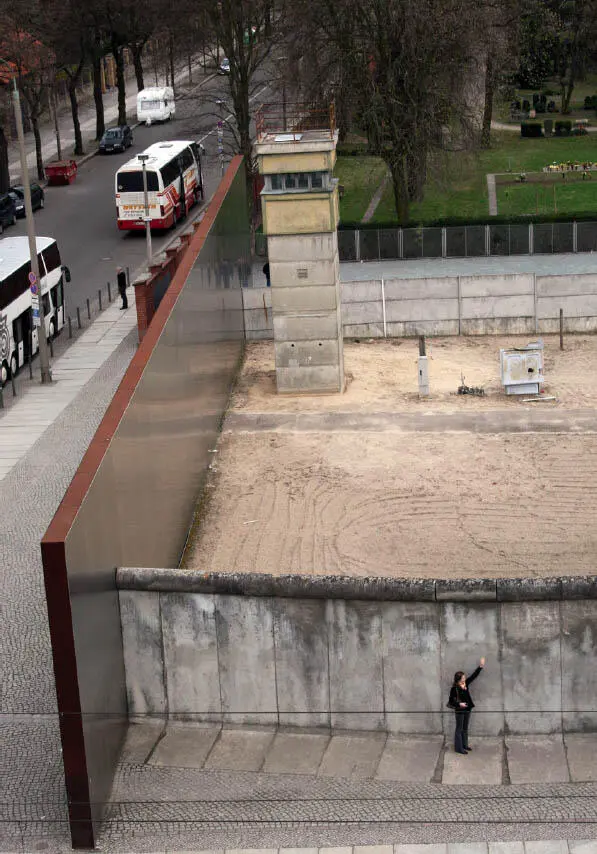
Fig. 1
© Archiv Bundesstiftung Aufarbeitung
At the same time, representatives for the victims continued to complain about the general indifference towards 13 thAugust. This was a complaint which had already been formulated as early as the 35 thanniversary by victim’s representative Klaus-Peter Eich.
The facility, opened in 1998 on Bernauer Straße, was also unable to change anything fundamentally. For one thing the memorial site was, as before, run by volunteer workers and the church. The financial and personnel situation had become extremely precarious over a number of years. The fact that the site at “Bernauer Straße” could develop into a Berlin Wall memorial, was above all down to the enthusiasm of the volunteers. For politicians, the memory of the Wall and the memorial inaugurated in 1998 seemed to be forgotten outside of the commemoration days on August 13 thand November 9 th.
At the height of a wave of nostalgia for the East (Ostalgie), speculation around a Social Democratic and Socialist coalition in Berlin characterised the 40 thanniversary of the building of the Wall. The PDS (Party of Democratic Socialism), who had received a steady 20 percent of votes during the GDR, prepared themselves to become a political party in the German capital. To generate votes in the western side of the city, a new explanation for building the Wall was deliberated. Apologising to the victims was not on the agenda: “We regret the injustice caused by the SED” 14, their dry statement read.
Читать дальше


